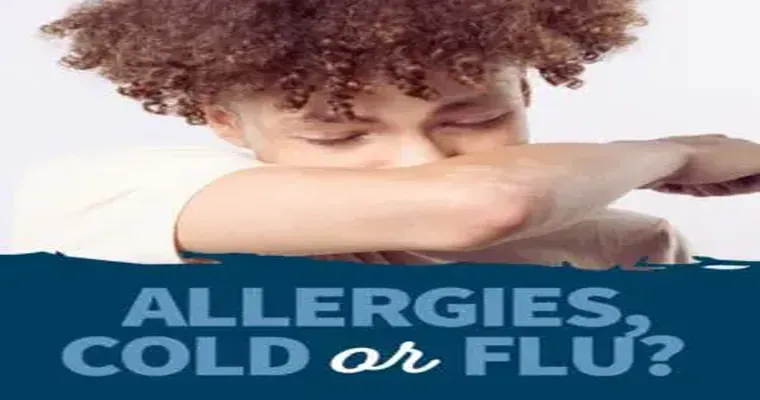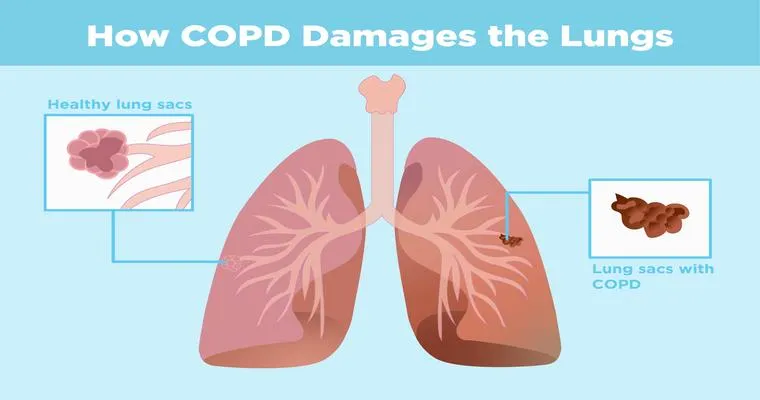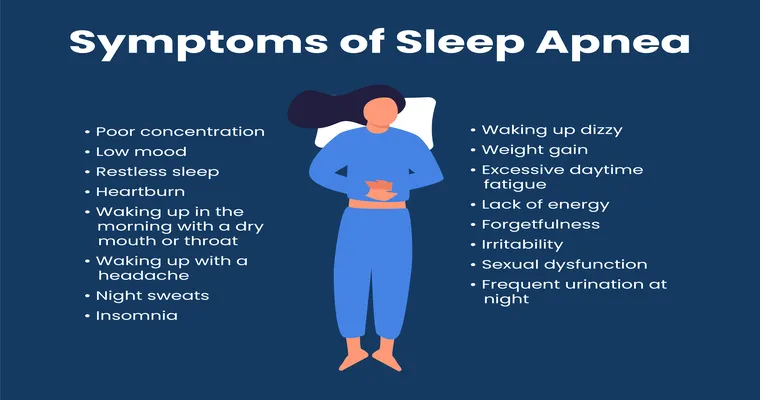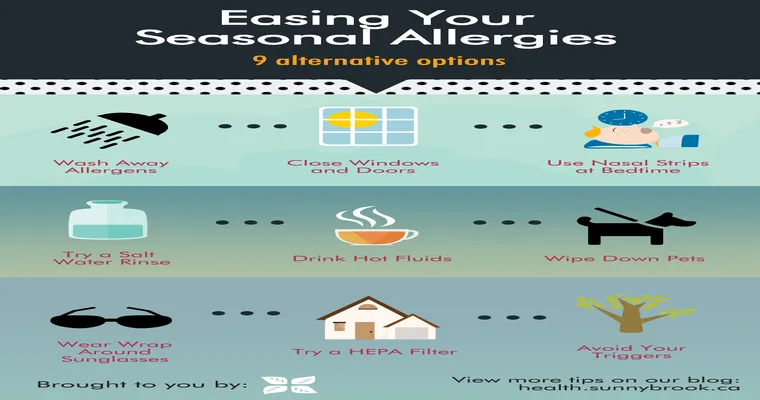As the leaves begin to change and temperatures drop, many Americans in the "East" and "Mid-West" face a troubling phenomenon known as the "fall allergy season". This time of year can often mimic flu symptoms, leading to confusion and frustration. With common allergens such as "ragweed", "mold spores", and "dust mites" taking center stage, individuals may find themselves battling "sneezing", "runny noses", and "itchy eyes", all while questioning whether they are experiencing allergies or the flu.
Understanding Fall Allergies
Fall allergies are primarily triggered by ragweed pollen, which can travel long distances and affect those who may not even live near ragweed plants. According to the Asthma and Allergy Foundation of America, ragweed can produce pollen from late summer through the first frost, making it a significant issue for millions. In addition to ragweed, mold spores from fallen leaves and dust mites stirred up by indoor activities also contribute to the allergy symptoms that plague many during this season.
Symptoms of Fall Allergies vs. Flu
Identifying whether you are suffering from "fall allergies" or the flu can be challenging due to overlapping symptoms. Allergies typically present with symptoms such as "sneezing", "nasal congestion", "itchy eyes", and "fatigue". In contrast, the flu often comes with additional symptoms like "fever", "body aches", and "chills". Understanding these differences can help individuals seek appropriate treatment and avoid unnecessary worry.
Managing Fall Allergies
If you find yourself affected by fall allergies, there are several strategies to mitigate symptoms. Over-the-counter antihistamines can provide relief from sneezing and itching. Additionally, nasal corticosteroids can help reduce inflammation in the nasal passages. Keeping windows closed to minimize outdoor pollen exposure, using air purifiers, and regularly cleaning your home can also make a significant difference in managing allergy symptoms.
Seeking Professional Help
For those who experience severe symptoms or find that over-the-counter medications are ineffective, consulting a healthcare professional is crucial. An allergist can perform tests to determine specific allergens and recommend a tailored treatment plan. This may include prescription medications or even allergy shots for long-term relief.
Conclusion
As fall unfolds across the East and Mid-West, the "flu fake-out" caused by fall allergies continues to be a significant concern for many Americans. By understanding the symptoms and taking proactive steps to manage allergies, individuals can enjoy the beauty of the season without being hindered by uncomfortable symptoms. Remember, while it may feel like the flu, it could very well be your body's reaction to the allergens that are prevalent this time of year. Stay informed and take control of your health this fall.





